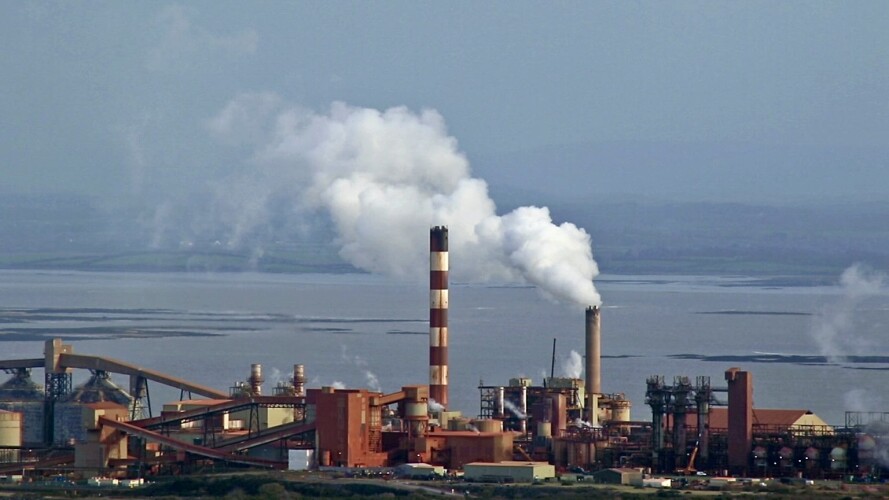Behind the Smokescreen: The Environmental Cost of Mining and Refining
Located just outside the quiet village of Foynes in County Limerick, Aughinish Alumina stands as the largest aluminium processing plant in Europe. Owned by the Russian giant Rusal, the facility transforms bauxite into alumina—a critical intermediate in aluminium production. But behind its industrial might lies a growing controversy about its environmental and health impacts, both locally and globally.
Surrounded by vivid red mountains of waste—known as bauxite residue or “red mud”—Aughinish casts a long shadow over the Shannon Estuary. “Mining and the processing of ores is a hugely impactful industry,” explained Dr Brian Garvey of the University of Strathclyde. “Very often geographically and politically remote locations are chosen due to the inevitable environmental and health impacts.”
Residents and environmental groups have long warned of the dangers posed by the site’s proximity to the River Shannon. “There are 60 million tonnes of toxic waste right there bordering the Shannon,” said a spokesperson for Futureproof Clare, an NGO opposing the plant’s expansion.
The last major health investigation by Ireland’s Environmental Protection Agency (EPA) was conducted between 1995 and 1998—before the plant significantly ramped up production. That report dismissed residents’ concerns, blaming poor animal feed for local farm losses. However, critics like Dr Garvey argue that “the public inquiry was deeply flawed,” and “the health reporting was neglectful,” leaving locals feeling unheard and disillusioned.
For every tonne of alumina produced, up to 1.5 tonnes of red mud are left behind. This residue, rich in iron oxides and heavy metals, poses a major long-term hazard to the land, water, and air. “The processing of bauxite for alumina is inevitably a polluting process,” Garvey noted. “You can see how the site has completely transformed the Shannon estuary.”
Environmental groups have taken legal action against the plant’s expansion, with Futureproof Clare successfully challenging an approval granted by An Bord Pleanála. Despite this, the company continues to pursue new licenses—for increased blasting operations, dredging, and further expansion—raising fears for the region’s wildlife, including Ireland’s largest population of bottlenose dolphins.
Globally, Rusal sources its bauxite from countries like Brazil and Papua New Guinea, where mining operations have been linked to severe social and environmental damage. Garvey warned, “The bauxite mined from areas where communities have long protested their loss of land, rights, and livelihoods has been shipped into Aughinish.”
The dangers of such operations are not hypothetical. The 2010 Ajka alumina plant disaster in Hungary, which released a million cubic meters of red mud, remains a stark reminder of the risks associated with storing and managing this waste.
Despite mounting concerns, Aughinish Alumina continues to operate at a scale unmatched in Europe—producing approximately 1.8 million tonnes of alumina annually. Without updated oversight, public health inquiries, and stronger environmental regulation, local communities may continue to bear the hidden costs of one of Europe’s most powerful industrial forces.
